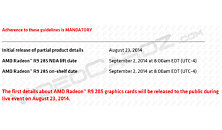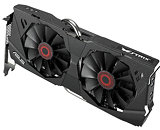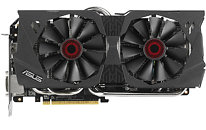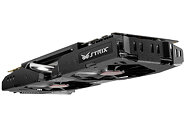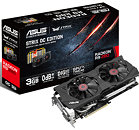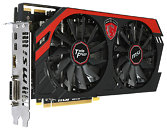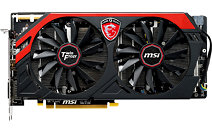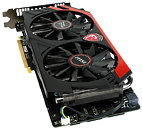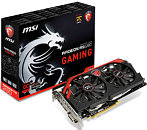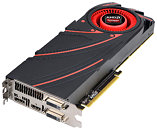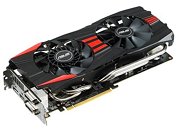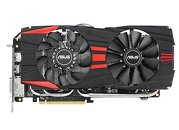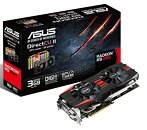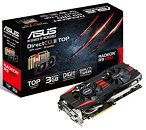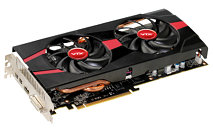
AMD Cripples Older GCN GPUs of Async-Compute Support?
AMD allegedly disabled asynchronous-compute technology support on older generations of Graphics CoreNext (GCN) architecture, since Radeon Software 16.9.2. With the newer drivers, "Ashes of the Singularity" no longer supports asynchronous-compute, a feature that improves performance in the game, on GPUs based on the first-generation GCN architecture, such as the Radeon R9 280X.
"Ashes of the Singularity" benchmarks run by Beyond3D forum members on GCN 1.0 hardware, comparing older drivers to version 16.9.2 shows that the game supports async-compute on the older drivers, and returns improved performance. AMD, on its part, is pointing users to a patch change-list from the developers of "Ashes..." which reads that the game supports DirectX 12 async-compute only on GCN 1.1 (eg: Radeon R9 290) and above.
"Ashes of the Singularity" benchmarks run by Beyond3D forum members on GCN 1.0 hardware, comparing older drivers to version 16.9.2 shows that the game supports async-compute on the older drivers, and returns improved performance. AMD, on its part, is pointing users to a patch change-list from the developers of "Ashes..." which reads that the game supports DirectX 12 async-compute only on GCN 1.1 (eg: Radeon R9 290) and above.

